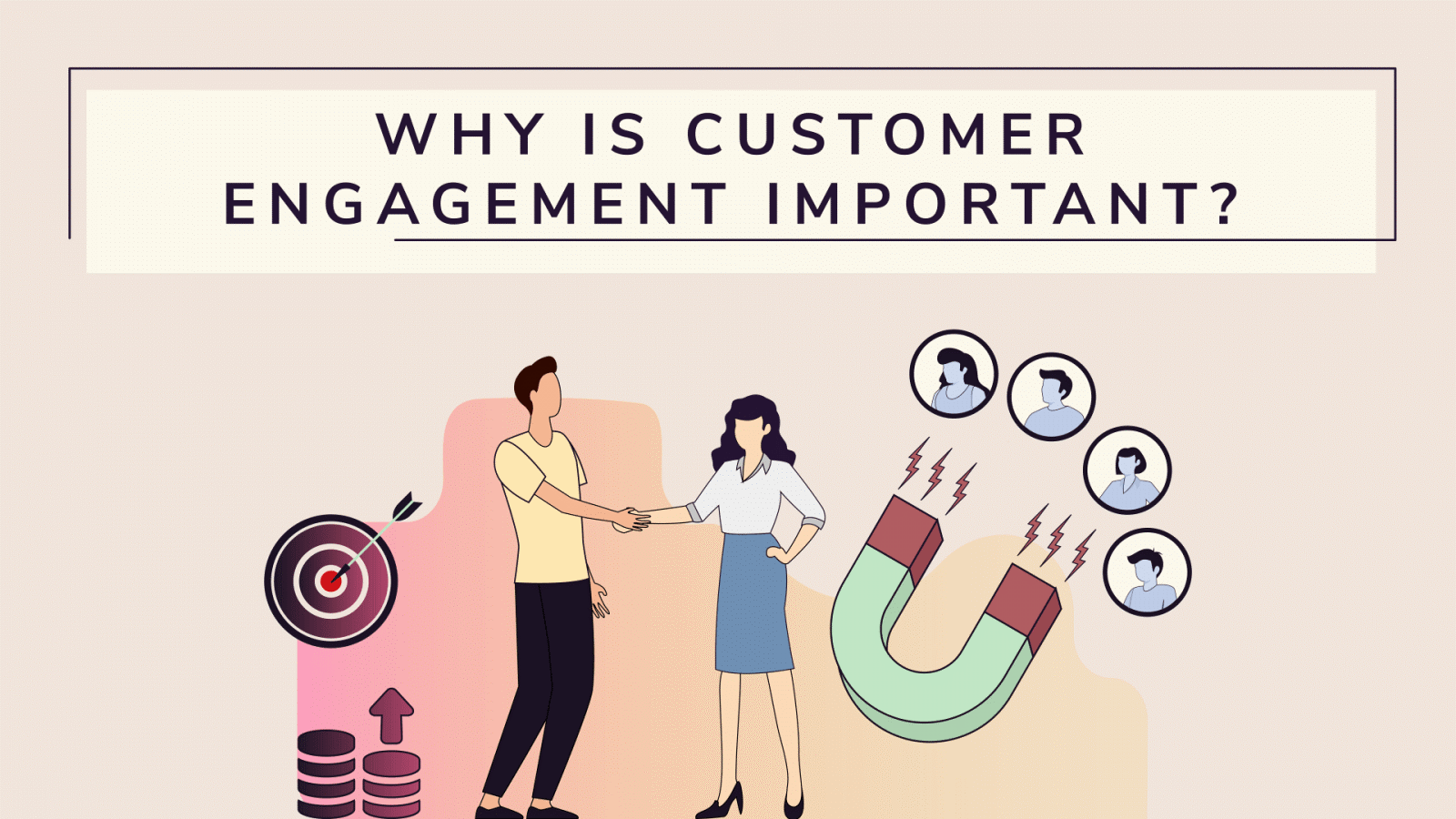The traditional model of interaction through public feeds on social media platforms is gradually giving way to a more and intimate mode of communication – direct messages. This transition from feeds to direct messages signifies a broader trend towards private, one-one interactions that offer a deeper level of connection, engagement, and personalized communication. As social media users seek authenticity, privacy, and meaningful interactions, direct messages have emerged as a preferred channel for fostering relationships, driving conversions, and enhancing user experience. Let’s explore the reasons behind why this shift is happening and the implications it holds for the future of digital engagement.
1. Personalization and Customization:
Feeds on social media platforms often provide a more public and generic avenue for communication, where content is broadcasted to a wide audience. In contrast, direct messages offer a personalized and tailored approach to engagement, allowing individuals to connect on a one-to-one basis, share private information, and engage in meaningful conversations. The shift from feeds to direct messages enables users to customize their interactions, address specific queries, and establish genuine connections that resonate with their audience’s individual needs and preferences.
2. Enhanced Privacy and Confidentiality:
With growing concerns about data privacy, security, and information sharing on public feeds, direct messages provide a secure and confidential channel for communication. By communicating through direct messages, users can exchange sensitive information, engage in private discussions, and maintain a level of confidentiality that may not be achievable through public posts on feeds. This shift towards direct messages reflects a desire for greater control over privacy settings, data sharing, and the security of personal interactions in the digital realm.
3. Fostering Authentic Relationships:
Direct messages offer a more intimate and authentic way to connect with individuals, brands, and communities, fostering genuine relationships built on trust, transparency, and direct communication. By engaging in direct messages, users can establish a sense of familiarity, exclusivity, and authenticity that may be harder to achieve through public interactions on feeds. This shift towards direct messages underscores the importance of building meaningful relationships, gaining trust, and cultivating a sense of community through personalized and authentic engagements.
4. Increased Interaction and Engagement:
The shift from feeds to direct messages is driven by a desire for increased interaction, engagement, and responsiveness in online communication. Direct messages provide a platform for real-time conversations, immediate feedback, and active engagement that fosters deeper connections and encourages ongoing dialogue between users. By transitioning to direct messages, individuals and brands can engage in more interactive, personalized conversations that drive higher levels of engagement, loyalty, and advocacy among their audience.
5. Seamless Customer Support and Service:
Direct messages serve as a valuable channel for providing seamless customer support, addressing inquiries, and resolving issues in a timely and personalized manner. By shifting engagements from feeds to direct messages, businesses can offer responsive, efficient, and customer-centric support that enhances the overall user experience. Direct messages enable brands to engage with customers on an individual level, address specific concerns, and deliver personalized assistance that builds trust, loyalty, and satisfaction among their audience.

6. Nurturing Leads and Conversions:
Direct messages play a key role in nurturing leads, facilitating sales, and driving conversions by offering a more personalized and targeted approach to communication. By engaging with prospects and customers through direct messages, businesses can tailor their messaging, provide customized recommendations, and guide individuals through the purchase journey with a more personalized touch. This shift towards direct messages is instrumental in cultivating relationships, nurturing leads, and converting engagement into meaningful outcomes for brands and businesses.
7. Enhanced User Experience and Satisfaction:
The transition from feeds to direct messages contributes to an enhanced user experience and satisfaction by offering a more interactive, responsive, and personalized mode of communication. Direct messages enable individuals to engage in real-time conversations, receive immediate assistance, and connect on a deeper level with brands and content creators. This shift towards direct messages reflects a user-centric approach to engagement that prioritizes meaningful interactions, tailored communication, and user satisfaction in the digital realm.
8. Leveraging Automation and Chatbots:
The shift from feeds to direct messages is complemented by the use of automation tools, chatbots, and AI-powered assistants that streamline communication, enhance efficiency, and deliver personalized experiences at scale. Businesses leverage automation in direct messages to provide instant responses, deliver targeted messages, and offer round-the-clock support to their audience. By integrating automation and chatbot technology into direct messaging strategies, brands can optimize engagement, improve response times, and deliver seamless user experiences that drive engagement and conversions.
9. Facilitating Collaboration and Partnerships:
Direct messages serve as a valuable platform for fostering collaboration, partnerships, and networking opportunities among individuals, brands, and industry professionals. By engaging in direct messages, users can initiate conversations, explore collaborative opportunities, and forge meaningful connections that lead to mutually beneficial relationships and partnerships. This transition from feeds to direct messages enables users to interact on a more personal and direct level, facilitating the exchange of ideas, resources, and opportunities that drive innovation and growth within their networks.
10. Embracing the Future of Engagement:
As the digital landscape continues to evolve, the shift from feeds to direct messages represents a step towards the future of engagement – one that prioritizes personalized, authentic, and meaningful interactions in a digital-first world. By embracing direct messages as a primary mode of communication, individuals and businesses can foster deeper connections, drive engagement, and build relationships that transcend the boundaries of traditional social media feeds. This transition underscores the importance of human-centric communication, tailored experiences, and interactive engagement in shaping the future of digital interactions and community building.












